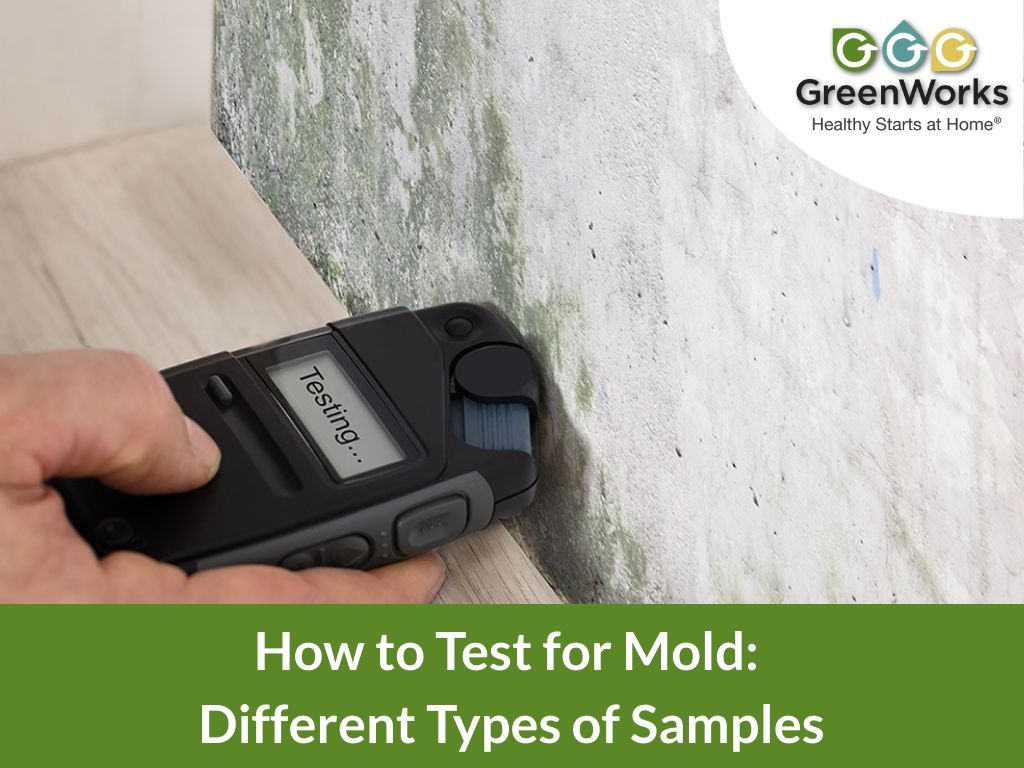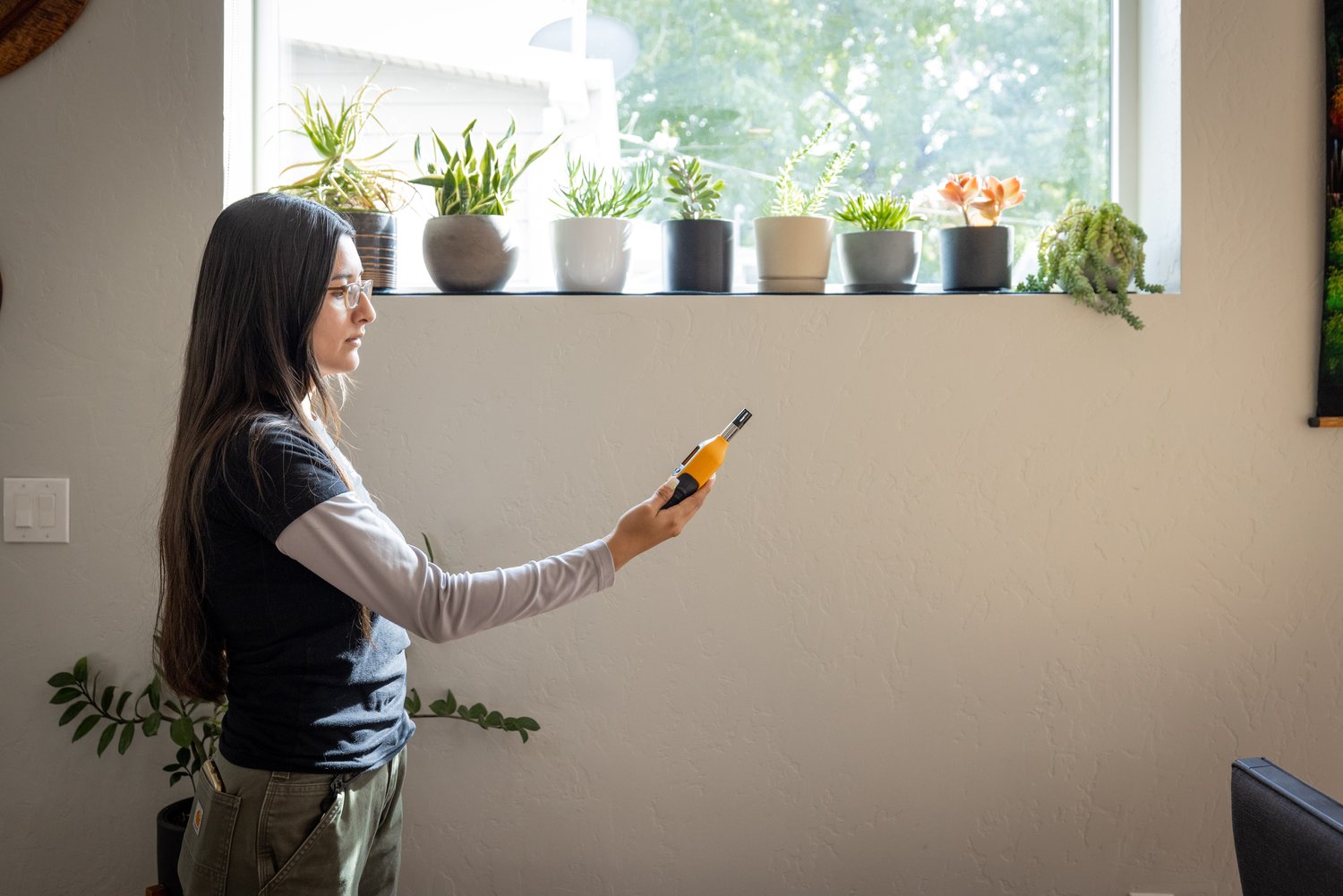Exactly How Mycotoxin Testing Assists Stop Contamination and Safeguard Food Supplies

Mycotoxin screening is an important technique in the food market, working as a frontline protection against contamination by dangerous toxins created by molds. With the application of sophisticated methods like High-Performance Fluid Chromatography (HPLC) and Liquid Chromatography-Mass Spectrometry (LC-MS), food manufacturers can properly measure and identify mycotoxin levels in agricultural items. This aggressive strategy not only ensures compliance with rigid security guidelines however likewise alleviates health dangers to customers. Furthermore, regular testing strengthens brand reputation and economic health by lowering contamination-related cases. So, just how specifically do these screening protocols incorporate right into the more comprehensive food security approach?
Recognizing Mycotoxins
Comprehending mycotoxins starts with identifying that they are toxic second metabolites created by specific molds, which can contaminate agricultural items. These metabolites are not important for the growth or reproduction of the fungis but can have serious implications for animal and human wellness. Mycotoxins are generally discovered in staple crops such as corn, wheat, barley, and nuts, where they can proliferate under certain conditions of dampness and temperature level.
There are a number of sorts of mycotoxins, each generated by different fungal varieties. Aflatoxins, created by Aspergillus varieties, are amongst the most infamous, recognized for their cancer causing buildings. An additional significant group consists of ochratoxins, generated by Aspergillus and Penicillium types, which have nephrotoxic effects. Fusarium varieties generate trichothecenes and fumonisins, both of which are connected with numerous acute and chronic wellness concerns.

Risks of Mycotoxin Contamination
The risks of mycotoxin contamination are complex, posing considerable threats to both food safety and public health and wellness. Mycotoxins, hazardous substances created by specific kinds of fungis, can pollute a wide variety of farming items including grains, nuts, seasonings, dried out fruits, and coffee. Once these contaminants infiltrate the food supply, they can cause serious health concerns such as liver damages, kidney failure, and also cancer cells. At risk populaces, consisting of kids, the elderly, and immunocompromised people, are especially in jeopardy.
Economic effects are an additional major concern. Infected plants can lead to substantial economic losses for farmers and food manufacturers as a result of minimized returns and the requirement for expensive decontamination measures. Furthermore, international profession can be substantially impeded as nations implement strict mycotoxin policies to protect their populations, leading to denied deliveries and strained trade relations.
Environmental aspects such as climate modification exacerbate the danger of mycotoxin contamination. Variations in temperature and humidity can produce beneficial problems for fungal growth, boosting the possibility of contamination events. Therefore, understanding and reducing these dangers are vital for making sure the safety and honesty of global food products.
Approaches of Mycotoxin Checking
Properly determining mycotoxin contamination in farming products is important for safeguarding public health and wellness and maintaining food safety requirements. Numerous techniques are employed to discover and quantify mycotoxins, each offering specific advantages and constraints.
High-Performance Fluid Chromatography (HPLC) is a commonly used method as a result of its high level of sensitivity and precision. It involves separating mycotoxins from other materials in a sample, allowing precise quantification. In A Similar Way, Liquid Chromatography-Mass Spectrometry (LC-MS) incorporates fluid chromatography with mass spectrometry to supply comprehensive molecular info, making it especially beneficial for identifying several mycotoxins concurrently - Mycotoxin testing Services.

Gas Chromatography-Mass Spectrometry (GC-MS) and Thin-Layer Chromatography (TENDER LOVING CARE) are likewise used, each with unique applications. GC-MS works for unstable mycotoxins, while tender loving care offers an easier, economical alternative for initial screening.
Advantages of Normal Checking
Regular screening for mycotoxins in farming items uses numerous advantages, substantially adding to public health and wellness and food safety and security. By recognizing contamination early, routine testing helps protect against the distribution of poisonous foods, thereby reducing the threat of mycotoxin-related health problems among customers. This positive strategy not only safeguards human health and wellness but also enhances the overall high quality of food materials.
Regular testing also supports governing compliance. Different nations and areas have actually established rigorous restrictions for mycotoxin levels in food and feed. Sticking to these limitations via normal testing makes sure that providers and producers meet lawful standards, consequently staying clear of fines and trade obstacles. Furthermore, maintaining conformity promotes consumer trust fund and brand name online reputation, which are important for market success.
Furthermore, normal mycotoxin screening can lead to substantial economic advantages. Early detection of contamination permits prompt intervention, reducing potential losses from extensive contamination. Implementing regular screening protocols can additionally reduce recall prices and associated liabilities, which can be financially devastating.
Additionally, routine screening offers beneficial information that can inform better farming navigate to this website practices and storage problems. By comprehending patterns of contamination, manufacturers can embrace preventive steps, consequently adding and decreasing future risks to the sustainability of the food supply chain.
Applying Checking Procedures
Implementing effective mycotoxin testing procedures is critical for making sure the security and top quality of farming products. Each stage must be looked at to pinpoint where mycotoxin contamination is most likely to occur.
As soon as crucial control factors are recognized, selecting ideal screening approaches is crucial. Common methods consist of enzyme-linked immunosorbent assay (ELISA), high-performance fluid chromatography (HPLC), and mass spectrometry (MS) Each method has its weak points and strengths; thus, choosing the proper one depends on the specific mycotoxin being examined, the called for level of sensitivity, and available sources.

Last but not least, integrating the testing procedures right into a comprehensive food security management system is advisable. This enhances traceability and allows speedy restorative actions when contamination is found, thereby safeguarding the stability of the food supply chain.
Conclusion
Mycotoxin screening is vital in protecting against contamination and protecting food materials by allowing very early discovery of hazardous toxins produced by mold and mildews in agricultural items. Advanced techniques such as HPLC and LC-MS ensure conformity with safety regulations and shield consumers from health risks. Routine testing boosts brand name credibility, financial security, and count on food safety by minimizing contamination-related losses and keeping high standards in food production. Carrying out rigorous screening protocols is therefore imperative for the sector's total health.
Mycotoxin screening is an important practice in the food industry, offering as a frontline protection against contamination by hop over to these guys unsafe toxins created by molds. An integrated approach involving agricultural methods, storage administration, and normal screening can minimize the threats linked with mycotoxin contamination, making sure food safety and security and public wellness.
The threats of mycotoxin contamination are diverse, presenting go significant dangers to both food safety and security and public health.Routine testing for mycotoxins in agricultural items supplies countless advantages, significantly contributing to public health and wellness and food safety and security.Mycotoxin testing is crucial in avoiding contamination and protecting food products by enabling early discovery of hazardous toxins created by molds in agricultural items.